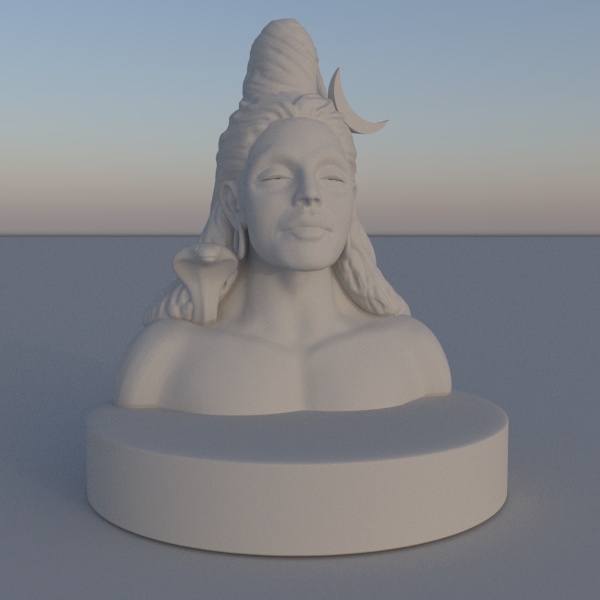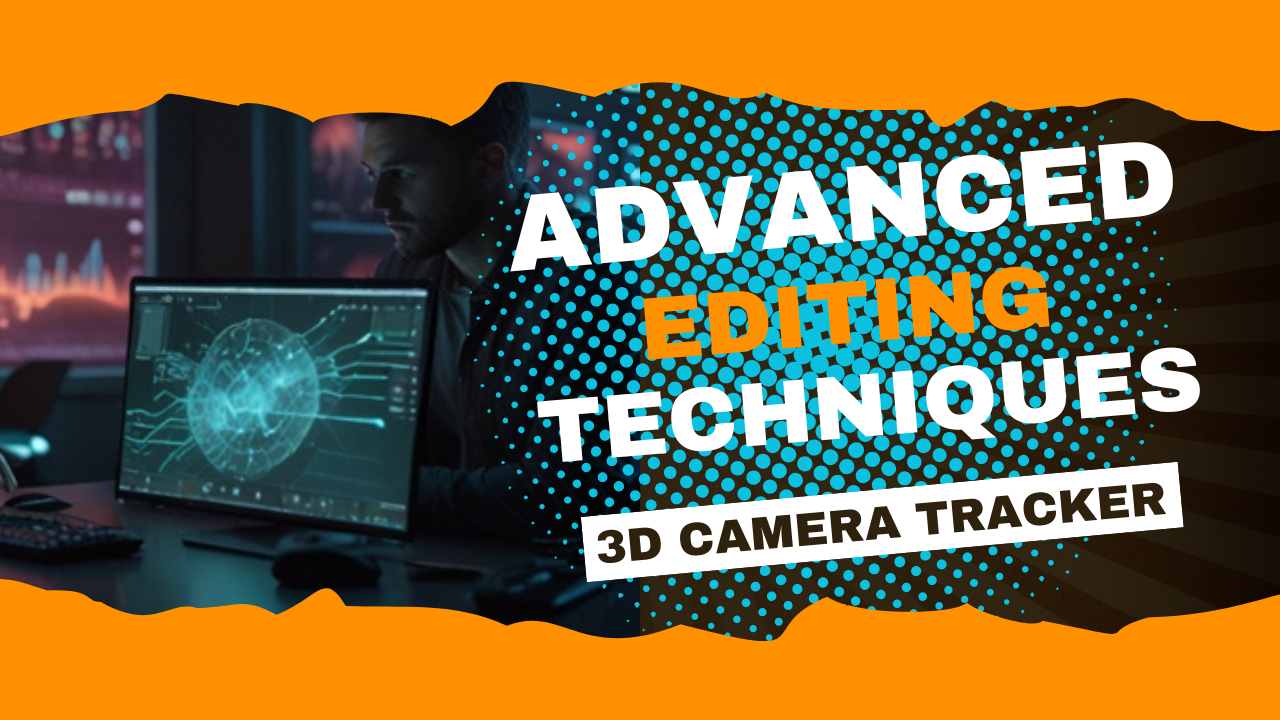Published - Tue, 19 Dec 2023

VRay lights
VRay
lights are part of the VRay rendering engine, which is a popular software used
for creating realistic computer-generated images and animations. VRay provides
advanced rendering capabilities and is widely used in industries such as
architecture, design, and entertainment.
In
the context of VRay lights, these are tools that allow you to simulate and
control various lighting conditions in a virtual scene. Proper lighting is
crucial for creating realistic and visually appealing renderings. VRay offers
several types of lights that users can utilize to achieve different lighting
effects. Here are some common VRay light types:
1.
VRay Dome Light: This light type is often used to simulate global illumination
and environmental lighting. It's commonly used for creating realistic outdoor
scenes or providing ambient lighting.
2.
VRay Sun and Sky: These lights work together to simulate the sun and sky in outdoor
scenes. The VRay Sun is used to simulate direct sunlight, while the VRay Sky is
responsible for the ambient lighting from the sky.
3.
VRay Rectangle Light: This is a versatile light source that can
be shaped and positioned as needed. It's often used for area lighting and can
simulate lights such as fluorescent tubes or LED panels.
4.
VRay IES Light: IES (Illuminating Engineering Society) lights allow users to
use real-world photometric data for light distribution. This can be useful for
accurately simulating the characteristics of specific light fixtures.
5.
VRay Spotlight: This is a directional light source that can be focused on a
specific area. It's often used for creating spotlight effects.
Each type of VRay light comes with various parameters and settings that allow users to control the intensity, color, and other properties of the light. VRay lights play a crucial role in achieving realistic lighting in virtual scenes and contribute significantly to the final quality of rendered images.
Created by
Anil Chauhan
Welcome to my website! My name is Anil Chauhan, and I am a 3D modeling and animation expert with over 15 years of experience in the field. I have a passion for creating visually stunning 3D models, animations, and graphics, and I'm excited to share my expertise with you. Whether you're a beginner or an experienced artist, I can help you improve your skills in 3D modeling, texturing, lighting, animation, rigging, CG graphics, and VFX. Let's work together to bring your creative ideas to life!
Welcome to my website! My name is Anil Chauhan, and I am a 3D modeling and animation expert with over 15 years of experience in the field. I have always had a passion for creating visually stunning 3D models, animations, and graphics, and my work has been featured in a variety of industries including film, television, advertising, and video games.
Throughout my career, I have had the opportunity to work on a wide range of projects, from small independent films to large-scale productions. This has given me a diverse set of skills and a deep understanding of the 3D animation process from start to finish. I have expertise in complete 3D modeling, texturing, lighting, animation, rigging, CG graphics, and VFX, and I'm always eager to take on new and exciting challenges.
As a tutor, I am dedicated to sharing my knowledge and experience with aspiring artists and professionals alike. I believe that everyone has the potential to create amazing 3D models and animations, and I'm committed to helping my students achieve their goals. Whether you're a beginner looking to get started in the world of 3D animation, or an experienced artist looking to take your skills to the next level, I can provide personalized training and guidance to help you achieve your creative vision.
Comments (0)
Search
Popular categories
Adobe After Effects 2025
28Unreal Engine
14zbrush
10Maya Animation
8zbrush tutorial jewelry
7Maya 2025
6Latest blogs

Mesh |Edit Mesh|Mesh Tools
2 Hours Ago

Advanced Editing Techniques
11 Hours Ago

Introduction to Level Design Through Blocking in Unreal Engine
1 Day Ago

Write a public review